This week brought a flurry of legislative activity regarding the oil and gas leasing program on federal lands. Considering nearly 26 million acres of federal land are currently under lease for oil and gas development, it is no wonder the issue gets the attention of both Republican and Democratic policymakers at both ends of Pennsylvania Avenue. President Trump kicked it off earlier this year with a dubious and questionably timed oil and gas lease sale in the Arctic National Wildlife Refuge. Not to be outdone, a few weeks later President Biden announced a pause on all new leases as one of his first actions out of the gate.
A little history and context is helpful here. The Trump Administration put leasing for oil and gas on warp speed. From 2017 to 2020, 25 million onshore acres were offered up for lease. But placing vast stretches of federal land on the auction block helped flood the market and drove down bidding—which had already been on the decline because of an oil glut. By 2019, the average federal lease sale was offering more than double the acreage that had been available over the eight years of the prior administration, yet the average bid per acre was less than half what it had been. During the pandemic bids slid even further—returning just a third what the average bid had been from 2009 to 2016.
While the Trump Administration made matters worse, unfortunately for taxpayers the underlying problems with the leasing program have been going on for decades, costing us billions of dollars in lost revenue. The onshore oil and gas royalty rate, which hasn’t been changed since it was enacted in 1920, is 12.5 percent, far lower than the 20 percent New Mexico usually charges or the 25 percent Texas charges oil and gas operators.
These reasons are why we support the pause on all oil and gas leasing on federal lands and are calling for reform. We’ve always been a “fix it first” organization and the first thing you do when you find yourself in a hole is to stop digging! The country has plenty of oil and gas leases already producing (12.9 million acres at last count) and many more waiting in the wings (yes, 13.4 million acres have already been leased but are not in production) so now is the perfect time to step back and update our fiscal policies to get a fair return for taxpayers.
Back to this week—lawmakers in both chambers took steps in the right direction—reform. In the House, there was a hearing on the several bills aimed at reforming the oil and gas leasing system. Rep. Alan Lowenthal’s (D-CA) bill would bring oil and gas bonding rates—rates that haven’t even been adjusted for inflation since the 1950s and ‘60s—into the 21st century, and Rep. Katie Porter (D-CA) is leading a bill to protect taxpayers by increasing royalty rates, minimum bids, and rental rates.
On the other side of the Capitol, Senators Jacky Rosen (D-NV) and Chuck Grassley (R-IA) introduced the Fair Returns for Federal Lands Act. This bipartisan bill would help taxpayers earn millions more in revenue by bringing below market royalty rates, minimum bids, and rental rates in line with those of states and private interests.
Finally, the Department of the Interior announced that they will be holding a public forum and starting a review process on March 25th when they will hear from stakeholders on the fossil fuel leasing program. This review is long overdue—we look forward to participating and working toward common sense reforms.
These are all signs we might finally be taking a serious look at oil and gas leasing on federal lands and it is important we get this right. After decades of mismanagement, we simply cannot afford not to. Our natural resources and the value they provide to American taxpayers and our nation are vitally important to our future, and the country can’t give them away willy-nilly as has been done in the past. We must get the when, where, how, and at what cost right now so that taxpayers see the maximum return for our assets. Leasing for leasing sake is not a strategy, it is a sucker bet.

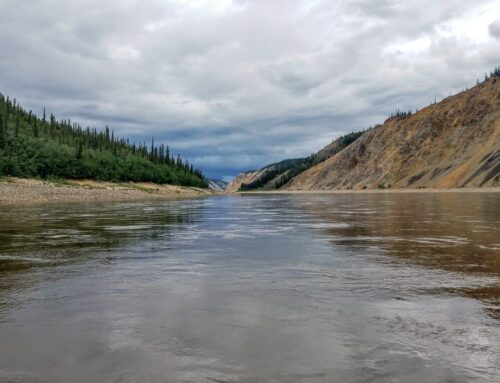
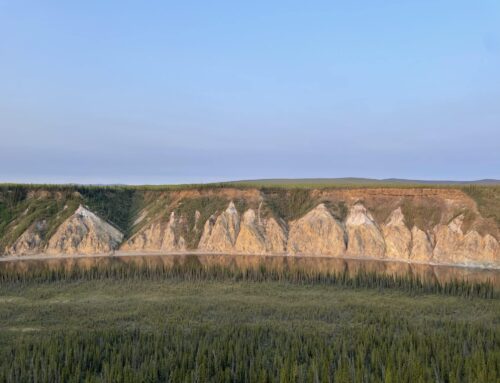
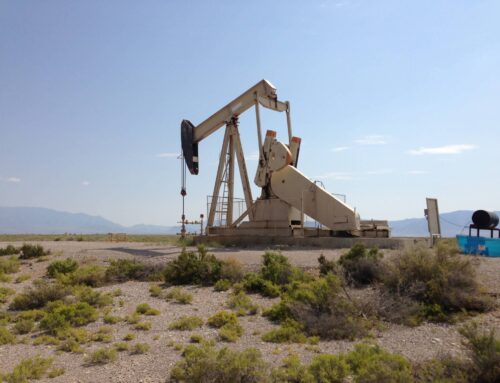

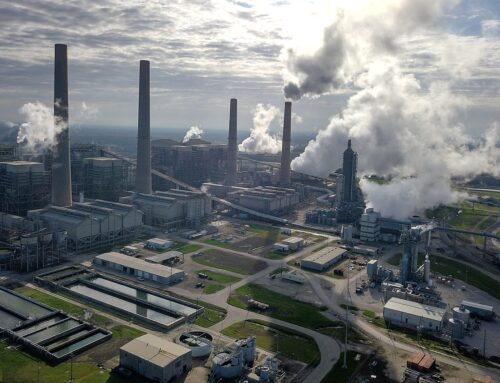
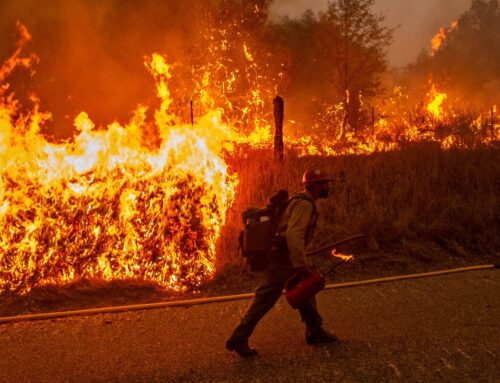




Get Social